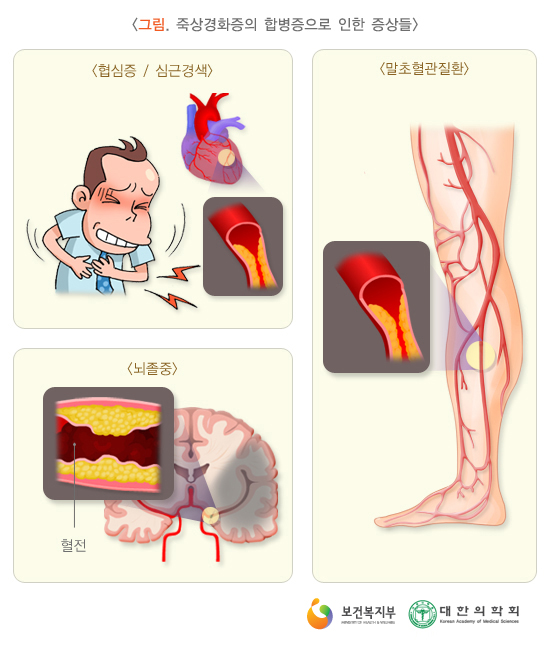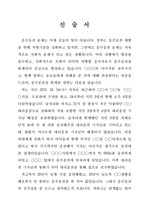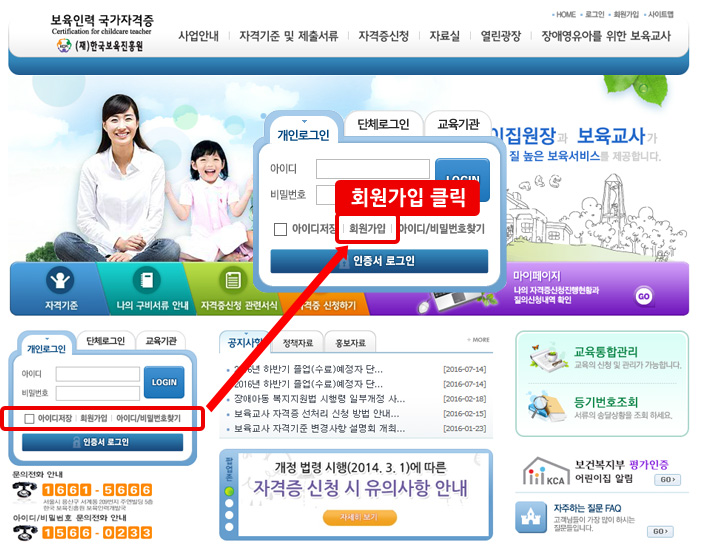People who have experienced stroke have a common language.”Sudden collapse.” Stroke, formerly known as stroke, increases risk if it is not dealt with properly in the early stages.In particular, it is recommended to be aware of the premonitory symptoms in advance so that treatment can be performed immediately when stroke symptoms are found, as the second-largest cause of death worldwide.

Hello, I’m Park Jae-hee, director of the Shinhyeon Pyeongan Internal Medicine Department for a pleasant daily life. 🙂 Do you know the typical cause of a stroke where blood vessels in the brain are blocked or ruptured?It is arteriosclerosis.This is formed by accumulating fat components and inflammatory cells in the walls of blood vessels due to diabetes, blood pressure, hyperlipidemia, and smoking.In particular, narrowing blood vessels causes problems in blood circulation, causing thrombosis and blocking blood flow, causing brain damage.
In addition, if there is an arrhythmia or abnormality in the heart valve, the blood clots formed in the heart may break and block the cerebrovascular vessels.Even if the symptoms of stroke appear suddenly, it may actually be the result of worsening due to the causative disease several years or decades ago.In other words, if a stroke appears at the age of 55, the cause may be arteriosclerosis that started in your 30s. FAST Symptoms

The main symptoms of stroke are often described as FAST.Face, Arm, Speech and Time.
When stroke symptoms begin, one or all of your face is slowly paralyzed, and you have a severe headache that feels like you’ve been hit on the head with a hammer, and your lips turn to one side.There are symptoms of paralysis and decreased sensation due to weak arms.Your words become dull and you can’t understand the other person’s words along with language and pronunciation problems.

These symptoms occur within an early period of time.Other symptoms include numbness in the hands and feet, vomiting, and loss of vision in one eye.Above all, stroke has a high risk of death and is likely to have strong aftereffects even if it survives.The risk of recurrence is also very high.

Therefore, first aid should be received immediately after the symptoms of stroke in Sinhyeon-dong are found, especially within three hours.In some cases, it starts immediately without any warning symptoms, so it is desirable to adjust it through a thorough examination. Arteriosclerosis, a typical cause of stroke!
Anyone in their 40s or older should start preventing stroke.Regular medical examinations should be conducted to check for hypertension, diabetes, and hyperlipidemia, which are the causes of stroke.Even if there is no cause like this, please check for arteriosclerosis.

If you have high blood pressure, diabetes, or hyperlipidemia, please also note that arteriosclerosis progresses faster.Especially if you are over 40, there is a high possibility that arteriosclerosis is progressing somewhere in your body.To measure the degree of arteriosclerosis like this, you should do an ultrasound carotid artery examination!Ultrasonic carotid artery examination is the easiest way to prevent arteriosclerosis and renal arteriosclerosis. : What is carotid artery ultrasound?

If you have high blood pressure, diabetes, or hyperlipidemia, please also note that arteriosclerosis progresses faster.Especially if you are over 40, there is a high possibility that arteriosclerosis is progressing somewhere in your body.To measure the degree of arteriosclerosis like this, you should do an ultrasound carotid artery examination!Ultrasonic carotid artery examination is the easiest way to prevent arteriosclerosis and renal arteriosclerosis. : What is carotid artery ultrasound?Carotid artery ultrasonography is an early diagnosis of stroke and a test to check the degree of cerebral arteriosclerosis.The blood circulation state of the brain and the internal state of cerebrovascular vessels are carried out by ultrasound.The carotid artery is about one centimeter thick and close to the surface, so it is easily accessible from ultrasound and can be seen well.For your information, Shinhyeon Pyeongan Internal Medicine provides accurate and safe carotid ultrasound examinations by male and female medical specialists who have extensive experience as university professors.The incidence of stroke increases after the age of 55.It occurs twice as often in 70 and four times more in 80 years of age than in 60.And it starts to be discovered in the 30s and 40s of arteriosclerosis.Therefore, to prevent stroke and arteriosclerosis! I recommend you to have a carotid artery ultrasound examination regularly.A comfortable place for endoscopes, ultrasound, and full-body checkups! Shinhyeon Pyeongan Internal Medicine Department will protect your peaceful daily life :)Therefore, to prevent stroke and arteriosclerosis! I recommend you to have a carotid artery ultrasound examination regularly.A comfortable place for endoscopes, ultrasound, and full-body checkups! Shinhyeon Pyeongan Internal Medicine Department will protect your peaceful daily life :)Therefore, to prevent stroke and arteriosclerosis! I recommend you to have a carotid artery ultrasound examination regularly.A comfortable place for endoscopes, ultrasound, and full-body checkups! Shinhyeon Pyeongan Internal Medicine Department will protect your peaceful daily life :)We will look for the comfortable daily life that health gives us again.Please contact Shinhyeon Pyeongan Internal Medicine ClinicWe will look for the comfortable daily life that health gives us again.Please contact Shinhyeon Pyeongan Internal Medicine ClinicWe will look for the comfortable daily life that health gives us again.Please contact Shinhyeon Pyeongan Internal Medicine ClinicSinhyeon Pyeongan Internal Medicine Clinic 100-21F Shinhyeon-ro, Gwangju, Gyeonggi-doSinhyeon Pyeongan Internal Medicine Clinic 100-21F Shinhyeon-ro, Gwangju, Gyeonggi-doSinhyeon Pyeongan Internal Medicine Clinic 100-21F Shinhyeon-ro, Gwangju, Gyeonggi-doSinhyeon Pyeongan Internal Medicine Clinic 100-21F Shinhyeon-ro, Gwangju, Gyeonggi-doSinhyeon Pyeongan Internal Medicine Clinic 100-21F Shinhyeon-ro, Gwangju, Gyeonggi-doPrevious Image Next ImagePrevious Image Next ImagePrevious Image Next Image



